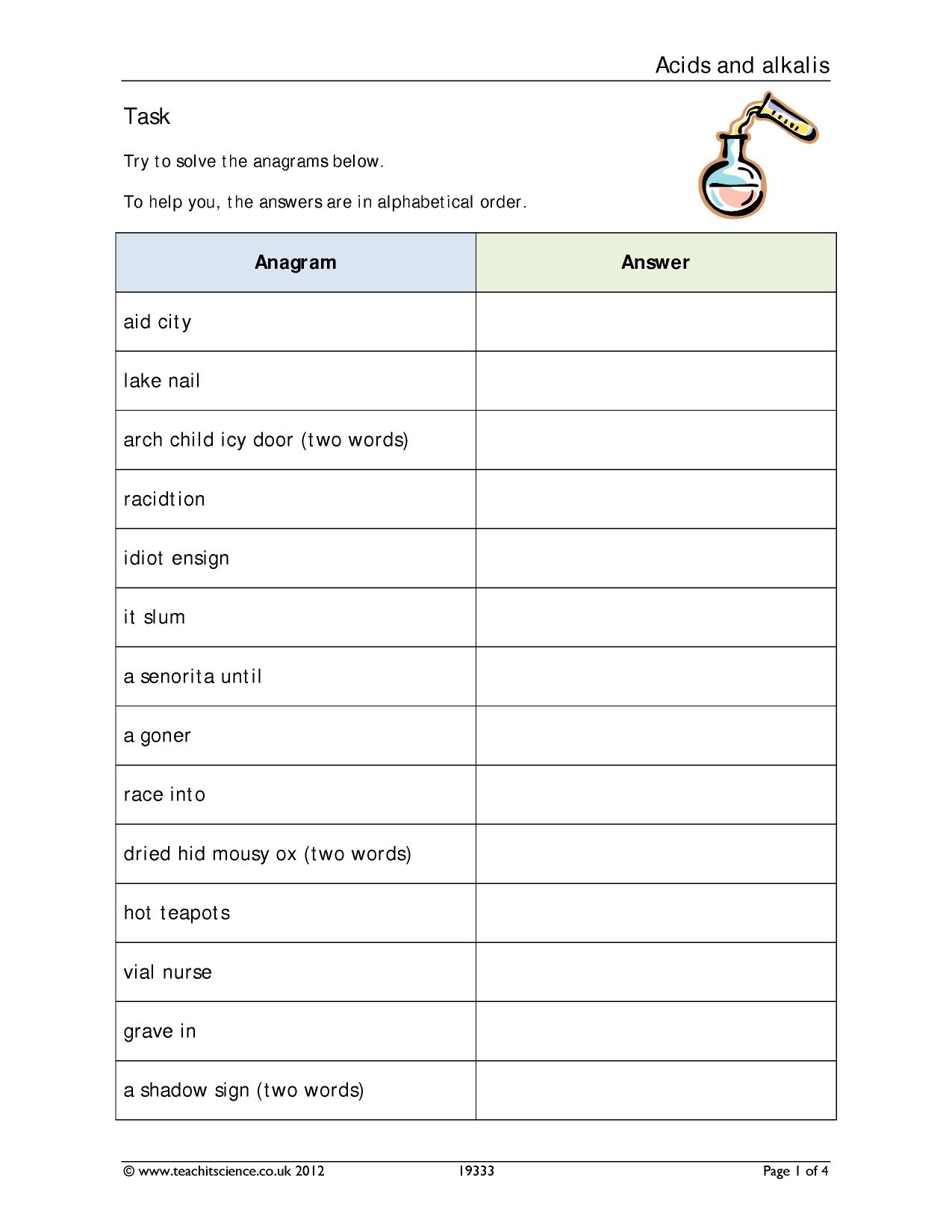Cracking The Periodic Table Code Answers
7/1/2018 admin
Cracking the periodic table code why aren't the elements listed in alphabetical order answer key - 5000476. POGIL rewrite for Cracking the Periodic Table Code Cracking the Periodic Table Code. When #2 is complete share your answer via the blank periodic table on the.
POGIL Activity: Cracking the Periodic Table Code Summary Note to Students: The following paragraphs are meant to summarize the activity you did in class. Compare this summary to the one your teacher asked you to write. For homework use your comparison to write down all changes you would need to make to your summary to make it accurate and complete. Shariah Program Classical Arabic Dictionary there.

If you notice something that this summary leaves out then please bring it to the attention of your teacher. Your changes list should be typed and handed in to earn credit for this assignment. In this activity we practiced writing the ground state electron configuration for elements in the same column, or group, in the periodic table. Within a group we found that the electron configurations always ended with the same type of orbital with the same number of electrons. For example, in group 1 (the alkali metals) the electron configurations are: Li 1s 2 2s 1 Na 1s 2 2s 2 2p 6 3s 1 K 1s 2 2s 2 2p 6 3s 2 3p 6 4s 1 Rb 1s 2 2s 2 2p 6 3s 2 3p 6 4s 2 3d 10 4p 6 5s 1 Cs 1s 2 2s 2 2p 6 3s 2 3p 6 4s 2 3d 10 4p 6 5s 2 4d 10 5p 6 6s 1 Each of these elements has an electron configuration that ends with an s-orbital containing one electron: 2s 1, 3s 1, 4s 1, etc. A similar result is found for the alkaline earth metals in group 2 (Be, Mg, Ca, etc.) Each of those elements has an electron configuration ending in s 2.
For this reason, the first two columns in the periodic table are called the s-block. For all the elements in groups 3 through 12 the electron configurations end with a d-orbital. These groups make up the d-block of the periodic table. The elements in groups 13 through 18 have electron configurations that end with a p-orbital so those elements are referred to as the p-block. Finally, the elements in the section usually printed below the rest of the table make up what is called the f-block.